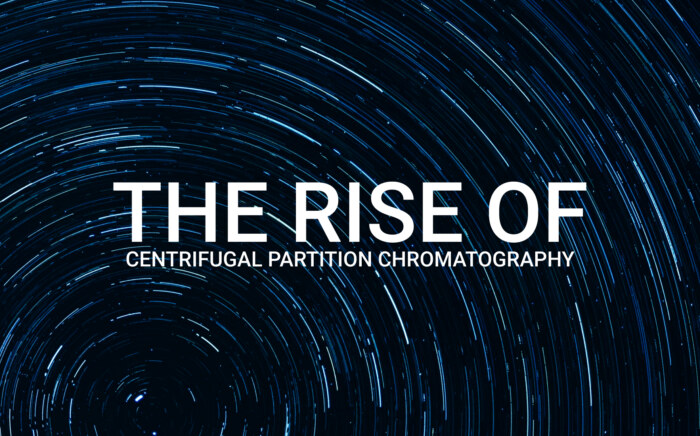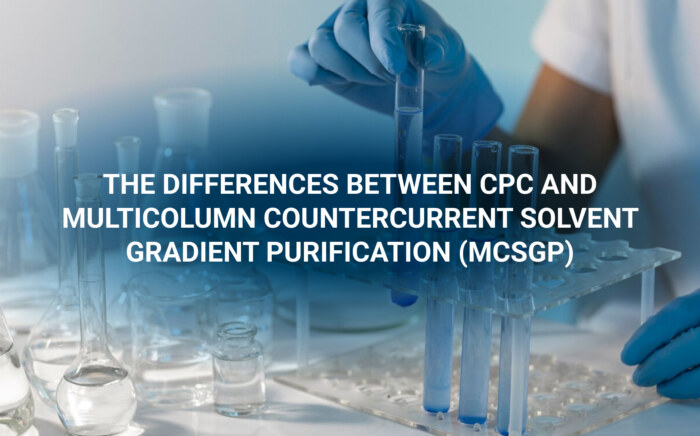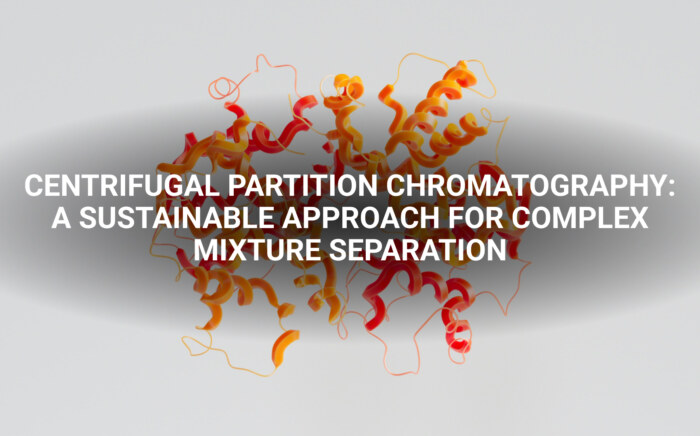Advancing Separation Science: CPC Device Installation and Its Impact
NewsIntroduction: The Complexity of Chiral Separation
Chiral separation represents one of the most intricate challenges in both analytical and preparative chemistry. As pharmaceutical applications increasingly demand enantiomerically pure compounds, chromatography has emerged as a vital tool for resolving stereoisomers. From gas and liquid chromatography to more specialized methods like capillary electrophoresis, each technique presents unique advantages and constraints. This blog delves into the cutting-edge advancements and limitations of chiral purification, focusing on its industrial and research applications.
Techniques for Chiral Separation
High-Performance Liquid Chromatography (HPLC)
HPLC remains the most widely utilized method for chiral separations in academia and industry. Chiral selectors (CSs) can be integrated into the mobile phase or bonded to the stationary phase. While HPLC is renowned for its precision and versatility, it is often associated with high costs due to the use of specialized chiral columns, high-purity solvents, and additives. Moreover, chiral columns degrade faster than their non-chiral counterparts, limiting their lifespan. Despite these challenges, HPLC remains a cornerstone of enantioseparation, although its scalability and loadability are often restricted.
Supercritical Fluid Chromatography (SFC)
Gaining popularity as a cost-effective alternative to HPLC, SFC employs supercritical CO2 as the mobile phase, reducing solvent consumption. This technique is particularly suited for compounds with moderate polarity, although solubility issues in supercritical CO2 can hinder its effectiveness for highly polar analytes. While SFC systems are more expensive than HPLC, they offer lower operational costs and compatibility with chiral columns, making them an attractive option for certain applications.
Liquid-Liquid Chromatography (LLC)
LLC, including countercurrent chromatography (CCC) and centrifugal partition chromatography (CPC), has recently gained attention for its efficiency in preparative-scale separations. Unlike other methods, LLC relies on partitioning solutes between two immiscible liquid phases, eliminating the need for solid supports. CPC, in particular, allows for the flexible use of chiral selectors in the mobile or stationary phase, enabling enantiodiscrimination through controlled interactions. This method offers significant promise for large-scale applications due to its cost-effectiveness and adaptability.
Cyclodextrins: A Versatile Chiral Selector
Cyclodextrins, with their unique cavity structure, are widely used as chiral selectors across various techniques. Their ability to form inclusion complexes with diverse molecules, coupled with their compatibility with environmentally friendly solvents, makes them a preferred choice for chiral separations. Advances in understanding their chiral recognition mechanisms have enhanced their efficacy, although further research is needed to address emerging challenges, such as the purification of novel therapeutic agents like proteins and oligonucleotides.
Challenges and Opportunities
Despite the advancements in chiral separation, significant challenges persist, particularly in scaling up analytical techniques for industrial use. While HPLC and SFC dominate the field, their cost and operational limitations drive the search for more efficient alternatives like CPC. LLC techniques, though still in their infancy, show immense potential as scalable, cost-effective solutions for enantioseparation. Continued research and innovation are essential to refine these methods and broaden their applicability.
Conclusion
Chiral separation remains a dynamic and evolving field, with chromatography techniques like HPLC, SFC, and CPC playing pivotal roles in advancing pharmaceutical and chemical research. The growing adoption of sustainable methods and the development of novel chiral selectors promise to reshape the industry’s approach to enantioseparation.
To explore more about cutting-edge chromatography solutions, visit RotaChrom’s website, or click any of the links below.



